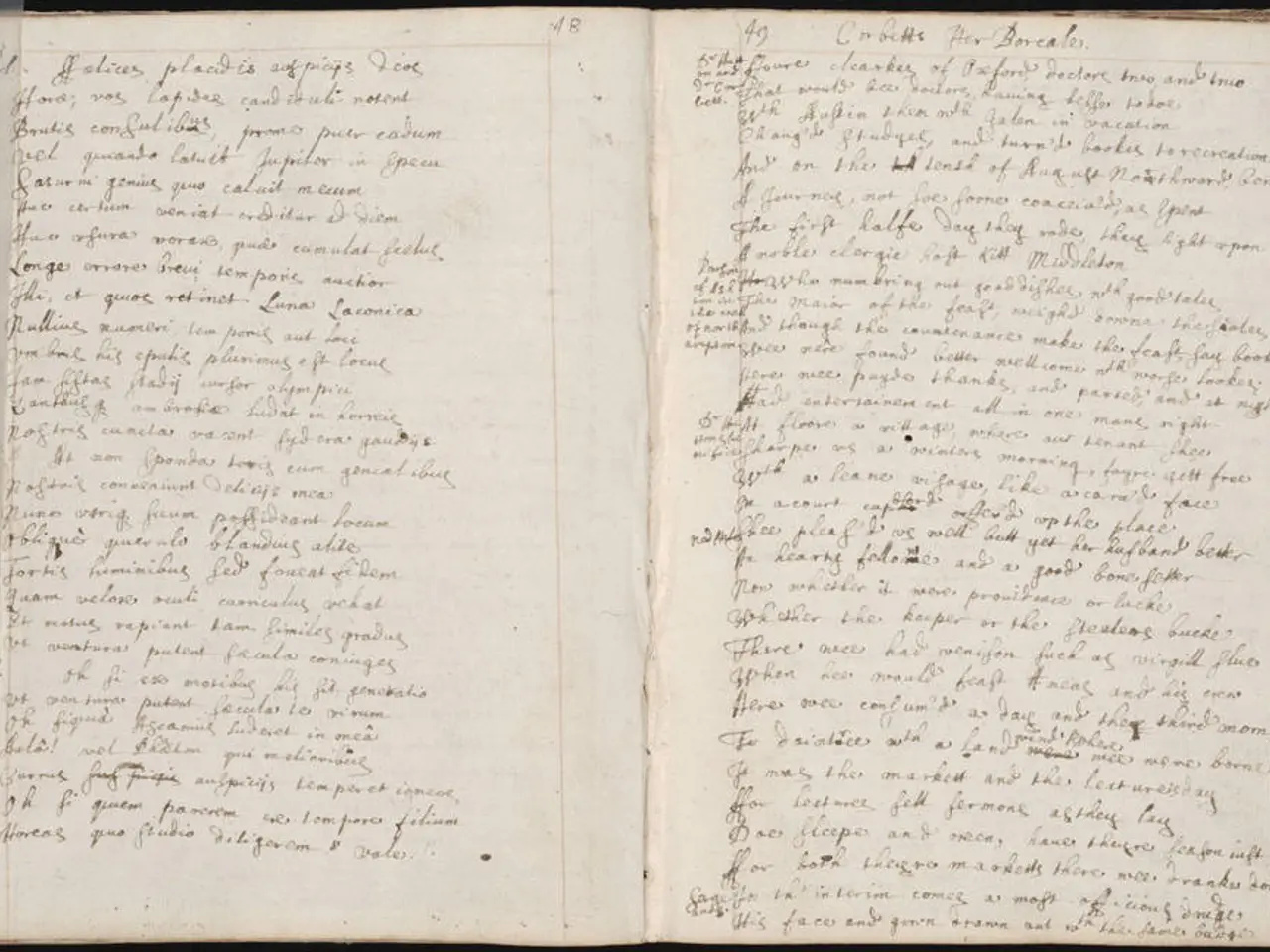Understanding Cadences and Integrating Them into Your Song Composition
In the world of music, cadences play a crucial role in providing a sense of resolution or closure to phrases. Here, we delve into the different types of cadences and their effects on the ending of musical phrases.
Michael Hahn, an engineer and producer at Autoland and a member of the swirling indie rock trio Slight, is well-versed in these musical nuances.
The Perfect Authentic Cadence (PAC) is perhaps the most common and recognizable. It moves from the dominant (V) chord to the tonic (I) chord, both in root position, with the tonic note in the highest voice of the final chord. This cadence provides a strong, conclusive sense of closure, signaling the end of a phrase, section, or piece with full finality.
The Imperfect Authentic Cadence (IAC) shares similar harmonic motion from V to I, but does not meet all the conditions of a PAC. Either the chords are inverted, or the highest note in the tonic chord isn’t the tonic itself, or the dominant chord is replaced by the leading-tone diminished chord. This cadence provides a sense of resolution but weaker than a PAC, allowing a softer, less definitive closure often used to maintain momentum or imply continuation.
The Plagal Cadence moves from the subdominant (IV) chord to the tonic (I) chord. It offers a softer, "Amen"-like closure and is less final than a perfect authentic cadence.
The Deceptive Cadence progresses from the dominant (V) chord to a chord other than the tonic, often the vi (minor 6th) chord. It delays resolution and creates surprise or tension rather than closure.
Other variations of cadences involve chord inversions or a tonic chord in second inversion, leading to less definite closures, often signaling continuation rather than full stops.
In songwriting, paying attention to where dominant chords fall in chord progressions is key to identifying half and authentic cadences. The V chord will often include the seventh degree in an authentic cadence for even more pronounced resolution.
Deceptive cadences can resolve to several different harmonic areas, with VI being the most common. Half cadences are musical phrases that rest on dominant harmony instead of following through to the tonic.
The cadential six-four is an authentic cadence with a twist, prolonging dominant harmony before the end of a phrase. It's a familiar sound that can be heard in the vocal hook of classic love songs.
The plagal cadence, based on movement from IV to I, provides a softer, religious or hymn-like closure. Half-cadential figures are often used to punctuate a pause in between phrases within a larger harmonic structure.
Subverting listener expectations is a way to keep them engaged, and deceptive cadences can achieve this. For instance, ending a phrase with I-IV-I can give a song a gospel flavor, which is a plagal cadence in action.
Remember, a musical cadence is a melodic or harmonic figure that gives a phrase the sense of resolution or closure. Understanding these cadences can greatly enhance your enjoyment and appreciation of music.
Stay tuned for more insights on music, gear, tips, tutorials, and inspiration. Subscribe to our blog to receive these updates weekly.
Technology has significantly influenced the way music distribution functions, making it easier for musicians to share their work with a global audience. This has led to an increase in the exposure of various genres and artists, revolutionizing the music industry.
The understanding and manipulation of different types of cadences, such as the Perfect Authentic Cadence, Imperfect Authentic Cadence, Plagal Cadence, Deceptive Cadence, and their various subversions, are essential skills for songwriters in today's modern music landscape, further demonstrating the intersection of technology and music.




